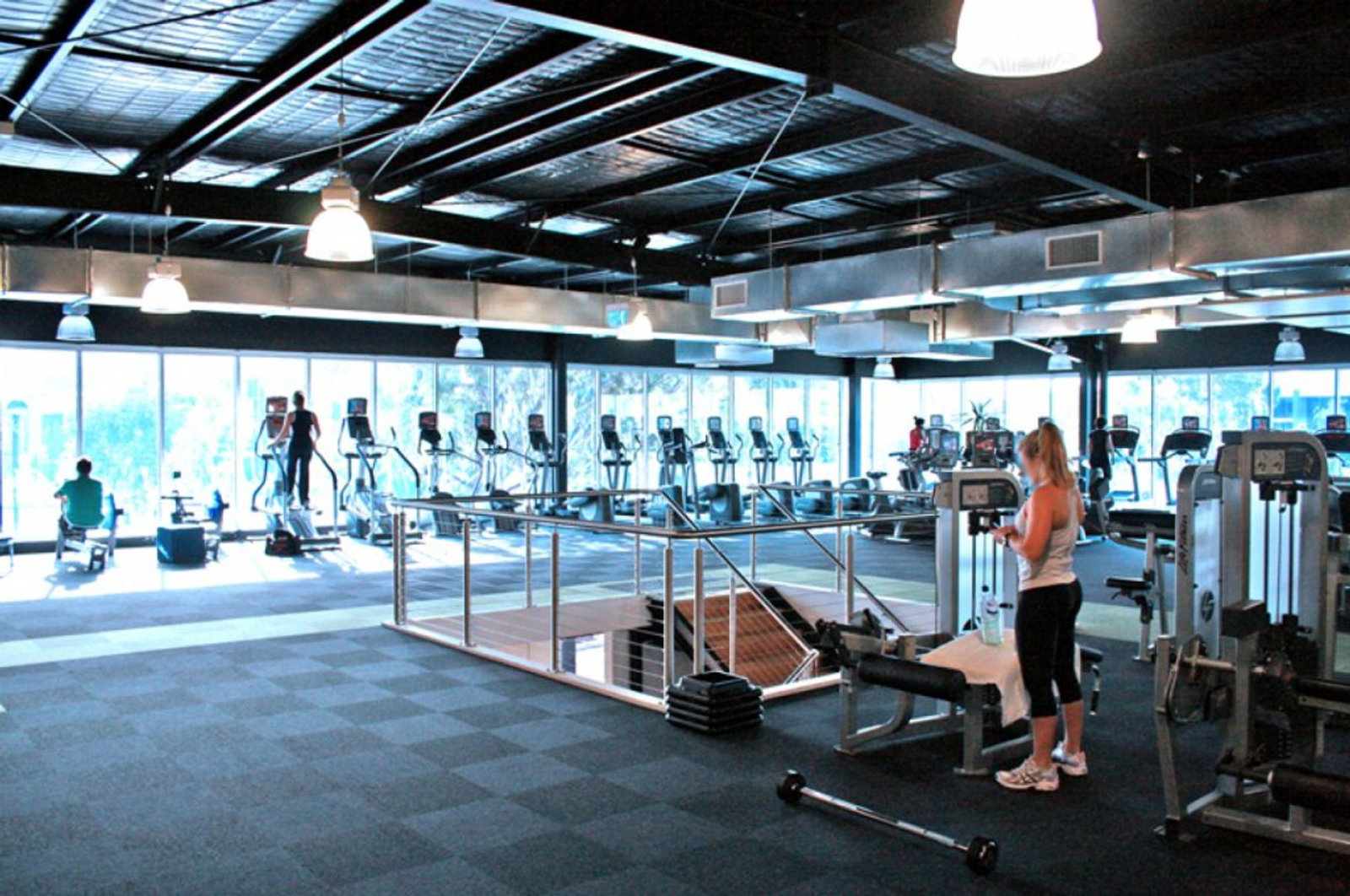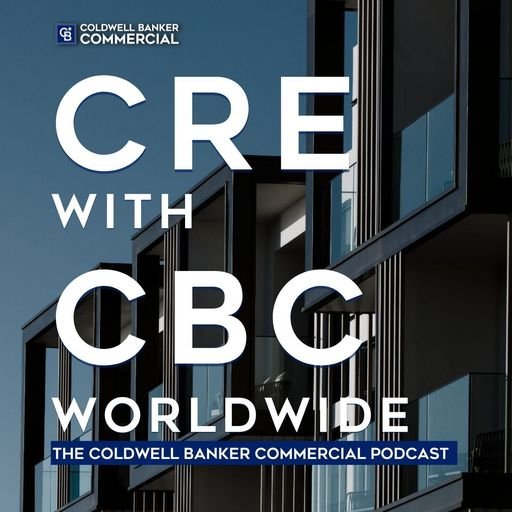Are New Fitness Concepts Trending in Your CRE Market?

You’ve seen the signs. In most every city in the country, a new type of fitness facility has been cropping up offering specialized services. The boutique fitness concept is a major trend, and has an impact on the CRE market.
Particularly in dense urban neighborhoods, finding space for a conventional gym can be difficult. One solution that’s popular is repurposing vacant big box stores, which have ample space, flexible floor plans and plenty of parking. Many of these differ from the traditional gym in that they provide a recreation option that’s different from a typical workout. These spaces, which may include rock walls and giant trampolines, may be rented for parties, in many cases. They provide a different experience from the conventional health club.
Another aspect of this trend has been the rise of smaller, more specialized facilities, like Crossfit, Pure Barre, Exhale, and Flywheel. This type of boutique facility is seeing increased popularity, and now makes up more than 20% of the overall U.S. health club market. According to Lifetime Fitness’s 2014 Investor and Media Daily Report, the number of boutique studios in the U.S. grew by more than 400% from 2010 to 2014.
This growth has a lot to do with changing attitudes toward fitness, particularly among more affluent consumers. Being physically fit has become a status symbol, resulting in the coining of the term “wellthy.” People are willing to pay a premium for a superior fitness experience. A 2014 study showed that consumers are setting aside greater shares of their disposable income to put toward the type of fitness program to which they aspire.
The success of the boutique fitness space is also tied to some differences in how they operate compared with the traditional gym. These facilities are typically smaller, and have lower operating costs. They focus on a particular activity – the dance related space may only need to provide good flooring, a ballet barre, and sound system as opposed to the expensive treadmills, bikes, and other equipment at the gym.
This is the era of personalization, and fitness is no exception. The different categories of fitness and experiences cover a range of consumer needs and interests – low impact, strength training, boot camps, dance, and cycling.
These specialized experiences can be pricy compared with gym memberships, which often range from $35 -$50 a month. Each class at a spin gallery or bootcamp can cost in the $35 range. This, combined with low overhead, enables the business owners to attract top instructors and pay them well. According to the IRSHA, the national average for full-time group cycling instructors is $26.50 an hour.
Being able to offer this high-end fitness experience is all part of the cache associated with the boutique trend. It appeals to a luxury segment of the fitness market. This type of facility can coexist with a nearby gym, because it offers a different experience.
It’s also boosting the market for upscale fitness apparel or “athleisure” wear, and shops like Lululemon and Ivivva often crop up in conjunction with boutique fitness studios, and cooperating on pop-up sales and events. An invigorating segment in the retail environment.
A Trusted Guide in Commercial Real Estate
Coldwell Banker Commercial® provides Commercial Real Estate Services from Property Sales and Leases, to Property Management. Learn how our expansive network of Independently Owned and Operated Affiliates and Real Estate Professionals use their in-depth knowledge of the local market and industry trends to help businesses and investors navigate the complexities of the commercial real estate landscape.






